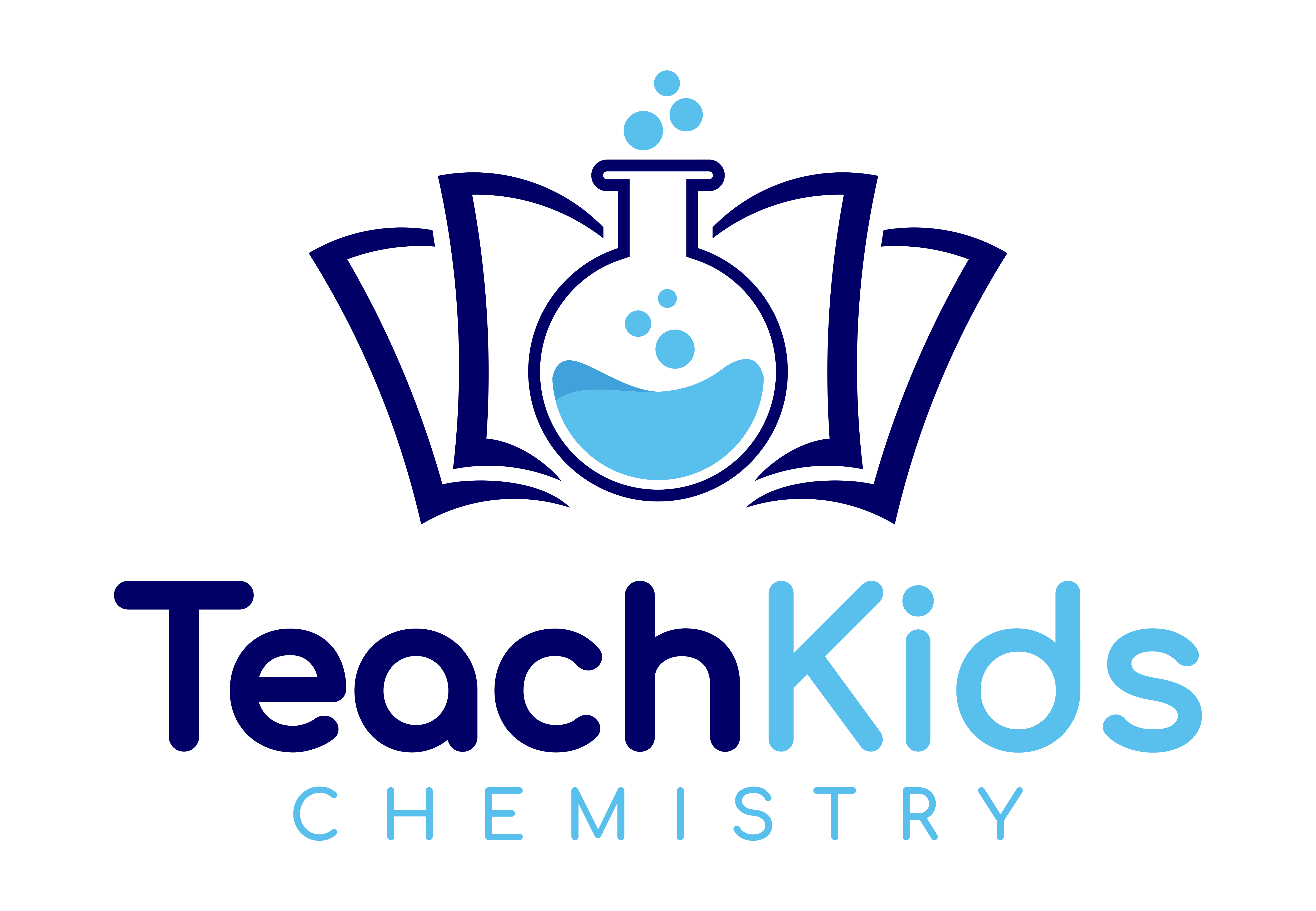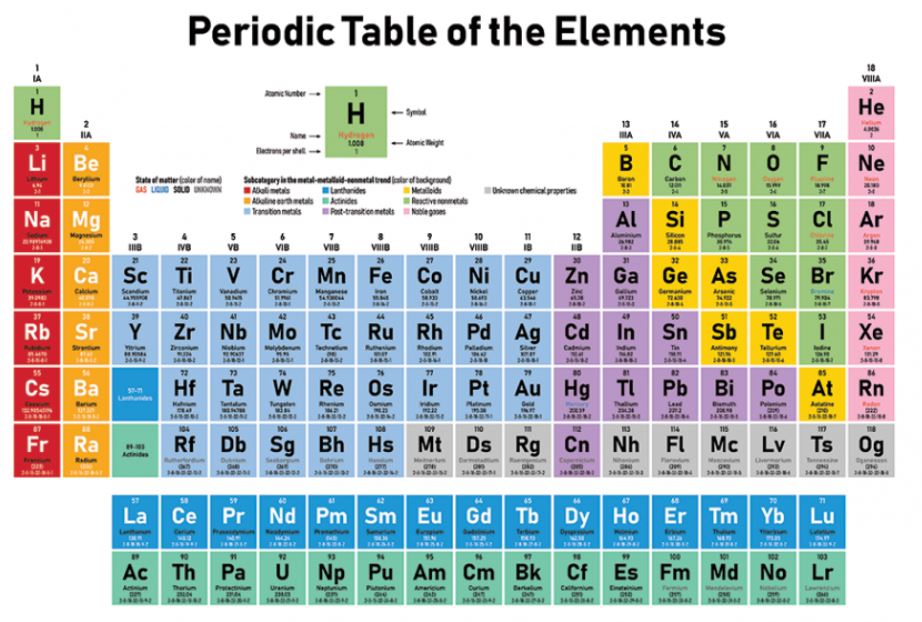Hello and welcome to Teach Kids Chemistry! Today, we will be exploring one of the most important elements in the periodic table – lithium. Lithium is a fascinating element that has a wide range of applications in our daily lives, from powering our electronic devices to treating mental health disorders. In this overview, we will learn about the properties of lithium, its uses, and why it is such an important element in the world of chemistry. So, let’s get started and discover the wonders of lithium!
The Periodic Element Lithium Overview
Lithium is a chemical element with the symbol Li and atomic number 3. It has an atomic mass of 6.94 u. Lithium has 3 protons, 3 electrons, and 4 neutrons. It is a member of the alkali metal group and is located in period 2 of the periodic table. Lithium is a soft, silvery-white metal that is highly reactive and flammable. It is the lightest metal and the least dense solid element at room temperature.Lithium has a low electronegativity and a specific heat capacity of 3.58 J/g·K. It has a melting point of 180.54°C and a boiling point of 1342°C. Lithium is a metal and has a density of 0.534 g/cm³. It is commonly used in batteries, ceramics, and as a medication for bipolar disorder. Due to its high reactivity, it is stored in oil or other non-reactive substances to prevent it from reacting with air or water.
Everyday objects that contain the periodic element lithium?
There are many everyday objects that contain chemicals or compounds that can be used to teach chemistry concepts. For example, water is a compound made up of two hydrogen atoms and one oxygen atom, and can be used to teach about chemical formulas and the properties of compounds. Salt, which is made up of sodium and chlorine ions, can be used to teach about ionic bonding and the properties of solutions. Baking soda, which is sodium bicarbonate, can be used to teach about chemical reactions and the properties of acids and bases. Other examples include vinegar, which is acetic acid, and aspirin, which is acetylsalicylic acid. By using everyday objects that contain chemicals, students can learn about chemistry concepts in a relatable and understandable way.
Differences in the periodic element lithium across states of matter
The state of an element can vary greatly depending on its temperature and pressure. At standard temperature and pressure (STP), most elements are either solids or gases. Solids have a fixed shape and volume, while gases have neither. As temperature and pressure increase, some solids can become liquids, which have a fixed volume but take the shape of their container. As temperature and pressure continue to increase, some liquids can become gases, which have neither a fixed shape nor volume. At extremely high temperatures and pressures, some gases can become plasmas, which are highly ionized and conductive. Plasmas are often found in stars and lightning bolts, and have unique properties such as the ability to emit light.
Is the periodic element lithium dangerous or radioactive?
Lithium is not considered dangerous or radioactive. It is a soft, silver-white metal that is highly reactive and flammable in its pure form, but it is not toxic or harmful to humans in small quantities. Lithium is commonly used in batteries, medication for bipolar disorder, and as a coolant in nuclear reactors, but it is not considered a significant radiation hazard. Overall, lithium is a relatively safe and useful element in various applications.
Is the periodic element lithium rare and expensive?
No, lithium is not considered rare or expensive. It is actually one of the most abundant elements in the Earth’s crust and can be found in various minerals and brine deposits. Lithium is commonly used in batteries, ceramics, glass, and pharmaceuticals, among other applications. While the cost of lithium can fluctuate based on supply and demand, it is generally considered to be a relatively affordable element.
Learn about all the elements with a periodic table!

